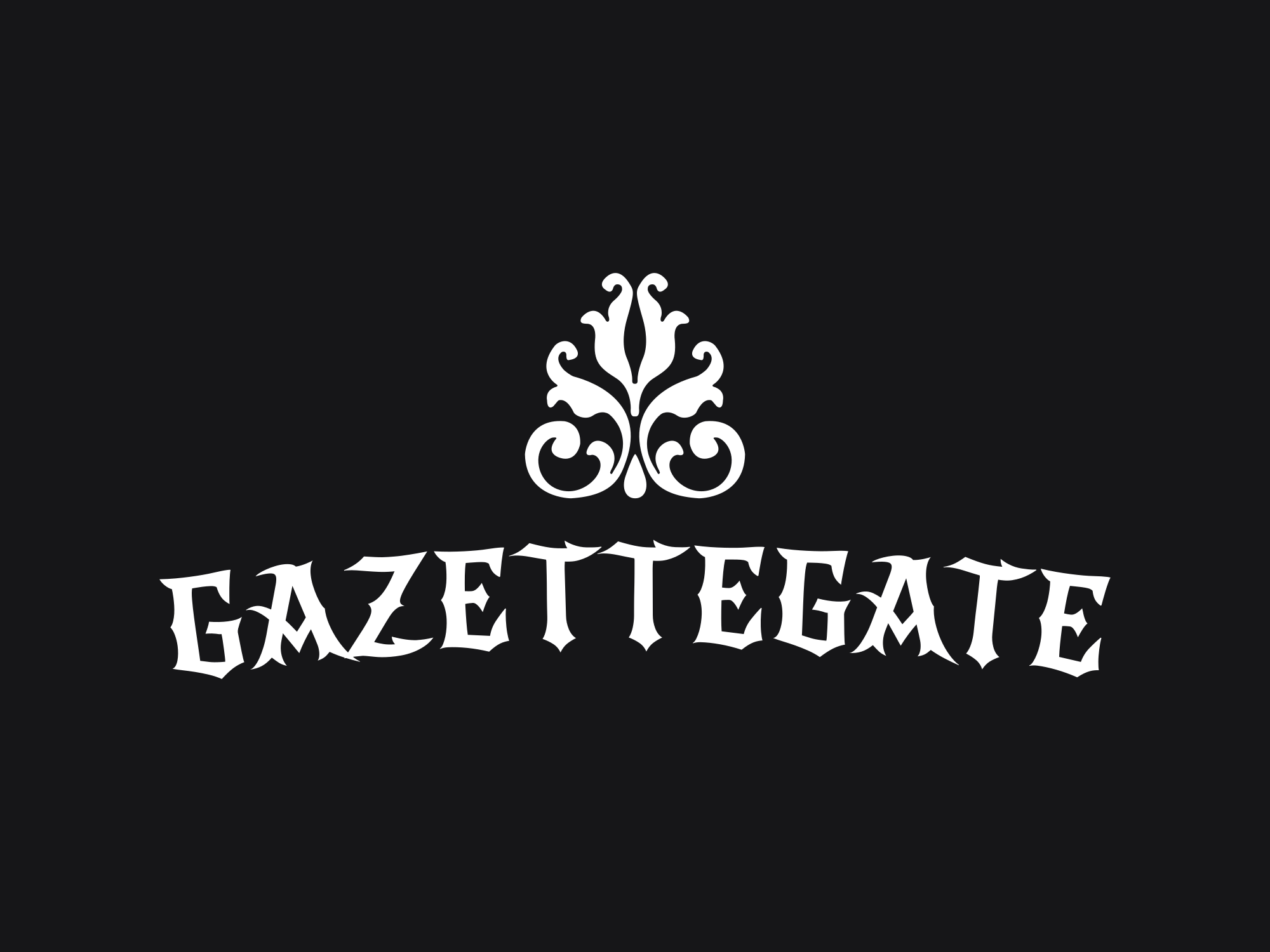Businesses, governments, and organizations must deal with a great deal of uncertainty and complexity while making long-term plans in today’s environment of rapid change. In order to effectively manage these problems, novel techniques are needed. Back casting is one such strategy that is growing in popularity. This article offers a thorough examination of the components, importance, uses, advantages, difficulties, and potential developments of a back casting room.
What is a Back Casting Room?
Backcasting is essentially a strategic planning technique that begins with a desired future and works backward to determine the actions required to get there. In contrast to forecasting, which projects future patterns based on past data, backcasting envisions the future and then evaluates the likelihood of realizing that vision. This method was first used in the realm of urban planning and has subsequently spread to other areas, such as policy formation, business strategy, and environmental sustainability.
What a Back Casting Room Is For
A back casting room’s main objective is to help with strategic decision-making by imagining various future situations and outlining possible courses of action. Backcasting helps organizations foresee possible obstacles, opportunities, and disruptions by combining past data, present trends, expert opinions, and stakeholder insights. Additionally, it helps create flexible plans to successfully negotiate ambiguity and complexity.
5. What are some key considerations when implementing a back casting approach?
Key considerations include identifying relevant stakeholders, defining clear objectives, and regularly reviewing and updating scenarios based on new information and changing circumstances.
Elements of a Back Casting Room
1. Information Gathering
Obtaining pertinent past data, present trends, and professional forecasts are all part of the first phase of data collection. Strategic analysis and scenario construction are based on this data. To find trends, influences, and unknowns that could affect future results, advanced data analytics approaches are frequently used.
2. Developing Scenarios
Building scenarios is an essential part of the backcasting process. It entails developing a number of tenable future scenarios depending on various hypotheses, factors, and uncertainties. These scenarios are jointly created with feedback from subject matter experts and stakeholders. Organizations investigate several possible futures and their ramifications by means of modeling methodologies and scenario planning workshops.
3. Examining and Assessing
After scenarios are created, they undergo a thorough analysis and evaluation to determine their viability, dangers, and advantages. Identification of important factors, unknowns, and crucial decision points are all part of this approach. Decision-makers can efficiently assign resources and prioritize activities by analyzing the possible effects of each scenario on the organization’s goals and objectives.
4. Formulating a Strategy
Organizations create strategies and action plans to accomplish their intended future results based on the study of possible situations. These tactics are versatile and adaptive, enabling modifications in response to evolving conditions. Aligning corporate objectives with external trends, market realities, and stakeholder expectations is essential to effective strategy design.
3. What role does data play in back casting?
Data collection is crucial in back casting as it provides the foundation for scenario building and strategic analysis, enabling organizations to make informed decisions.
Uses for a Back Casting Room
Back casting is used in many different fields and industries:
- Sustainability and Environmental Planning: Backcasting is a technique used in environmental planning to create solutions to reduce global warming, preserve natural resources, and enhance ecological resilience.
- Business and Strategic Management: Businesses can predict market trends, rivalry risks, and technology disruptions by using backcasting. Long-term planning, innovation strategies, and strategic decision-making are all informed by it.
- Policy Development and Governance: In policymaking, back casting assists governments and policymakers in setting ambitious targets, designing effective policies, and fostering inclusive growth. It enables proactive policy interventions to address societal challenges and promote social equity.
2. Is back casting only used in business settings?
No, back casting has diverse applications, including environmental planning, policy development, and strategic management across various industries.
Advantages of Using a Back Casting Room
Organizations can gain a number of advantages from back casting:
- Enhanced Strategic Foresight and Preparedness: Organizations can better grasp possible risks and possibilities by imagining a variety of future situations. This facilitates strategic readiness and proactive decision-making.
- Better Resilience and Risk Management: Backcasting assists companies in recognizing and reducing hazards before they materialize. Organizations can better navigate uncertainty by foreseeing possible disruptions and fostering resilience.
- Enhanced Adaptability and Innovation: Back casting inspires enterprises to consider the future in a fresh and imaginative way. Organizations can adjust and prosper in changing contexts by investigating other possibilities and questioning presumptions.
Obstacles and Restrictions
Although back casting has several advantages, there are drawbacks and restrictions as well:
- Data Restrictions and Uncertainties: The quality and accessibility of the data are critical to the effectiveness of backcasting. Scenario planning may be imprecise due to insufficient, erroneous, or biased interpretation of the data.
- Complexity in the Creation of Scenarios: Creating believable future scenarios necessitates a thorough comprehension of intricate systems, interdependent variables, and dynamic interactions. Maintaining the relevance and authenticity of situations requires striking a balance between simplicity and complexity.
- Implementation barriers and resistance to change: Backcasting initiatives may encounter opposition from stakeholders who are hesitant to accept uncertainty or question preexisting paradigms. Changes in organizational culture, strong leadership, and good communication are necessary to overcome inertia and promote buy-in.
4. How can organizations overcome challenges in back casting?
Organizations can address challenges in back casting through improved data quality, stakeholder engagement, and agile decision-making processes.
Upcoming Developments in Back Casting Room
Looking ahead, back casting is being shaped by a number of trends:
- Technological and Data Analytics Advancements: Back casting is becoming more capable thanks to new technologies like artificial intelligence, machine learning, and big data analytics. Organizations can use these technologies to analyze massive amounts of data, find previously undiscovered insights, and produce predictions that are more accurate.
- Integration with Artificial Intelligence and Machine Learning: Organizations can automate scenario production, examine intricate patterns, and simulate dynamic systems by integrating back casting with AI and machine learning techniques. Strategic planning procedures are expedited and decision support capabilities are improved by this connection.
- New Developments in Scenario Planning Techniques: There are new techniques and strategies being developed to improve the efficacy of backcasting. The three types of scenario planning that are included are probabilistic, adaptive, and participative. These approaches facilitate the inclusion of a variety of viewpoints, uncertainties, and feedback loops, which makes strategic planning more resilient and robust.
How does back casting differ from forecasting?
Back casting focuses on envisioning desired future outcomes and working backward to identify necessary steps, while forecasting predicts future events based on historical data and trends.
Conclusion
Organizations looking to manage uncertainty, prepare for change, and mold the future will find that a back casting room is an invaluable resource. Back casting improves resilience in the face of uncertainty and facilitates proactive decision-making by fusing historical data, scenario building methods, and strategic research. Although there are obstacles and restrictions, back casting is an invaluable technique for strategic planning and foresight since the advantages exceed the disadvantages.”




